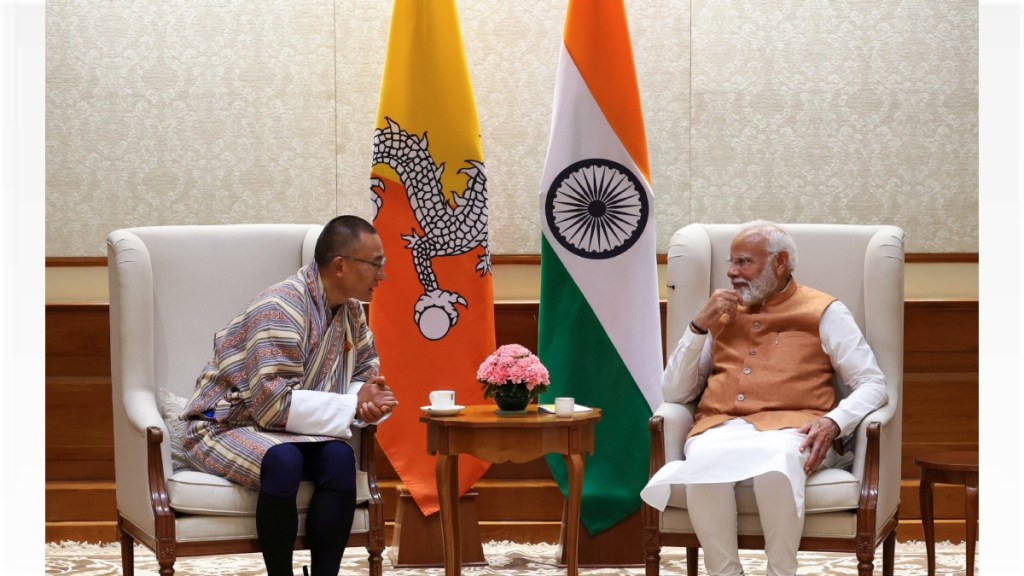Ahead of Prime Minister Narendra Modi’s forthcoming visit to Bhutan, the longstanding partnership between the two nations is underscored by their mutual recognition of hydro-power cooperation as a cornerstone of their economic relationship.
Prime Minister Tshering Tobgay and PM Modi have reaffirmed their dedication to expanding this cooperation, directing officials to expedite consultations on new projects. Notably, progress on the Punatsangchhu-II hydro-power project is advancing, with both leaders eagerly anticipating its commissioning in 2024.
Moreover, the scope of collaboration extends beyond hydro-power, encompassing non-hydro renewables, space technology, connectivity, education, and youth development, reaffirming the enduring bond between India and Bhutan.
In the aftermath of the Bhutanese Prime Minister’s recent visit to India, the bilateral relationship between the two nations has been underscored by significant strides in various domains. One notable highlight is the endorsement of a Memorandum of Understanding (MoU) allocating concessional financing of Rs 1500 crores to Bhutan’s Royal Government for the GyalSung program. This initiative, spearheaded by the King of Bhutan, aims to empower Bhutanese youth through skill development and leadership training, reflecting a shared commitment to nurturing the next generation.
Space cooperation emerged as another pivotal area of collaboration, with both countries applauding their partnership in space technology. Notable endeavors include India’s provision of technical capacity-building on remote sensing technology to Bhutan through the Indian Space Research Organisation. Furthermore, the development of a Joint Plan of Action on Space Cooperation signifies a mutual commitment to advancing scientific frontiers together.
Connectivity stands as a cornerstone of the India-Bhutan relationship, with concerted efforts underway to enhance rail, road, and trade infrastructure. These endeavors seek to facilitate seamless movement of people and goods between the two countries. Progress on opening additional immigration and trading points signals a shared dedication to fostering easier cross-border interactions and trade.
Moreover, plans for establishing new rail-links between Banarhat-Samtse and Kokrajhar-Gelephu underscore the commitment to bolstering physical connectivity, which is crucial for fostering economic integration and regional development.
In addition to traditional sectors, both nations are eager to explore and expand collaboration in emerging areas such as digital technology, startups, and STEM (Science, Technology, Engineering, and Mathematics). This forward-looking approach reflects a shared vision for harnessing innovation and technology to drive sustainable growth and development.
Furthermore, the mutual appreciation for India’s support in developing sports infrastructure in Bhutan underscores the multifaceted nature of the bilateral relationship. Both sides are committed to deepening ties in the fields of youth and sports development, recognizing the role of sports in fostering camaraderie and mutual understanding.
The contribution of Indian teachers to strengthening STEM pedagogy in Bhutan has been duly acknowledged, paving the way for further collaboration in the education sector. Both nations are committed to expanding educational partnerships, thereby nurturing vibrant people-to-people relations that lie at the heart of the enduring friendship between India and Bhutan.


